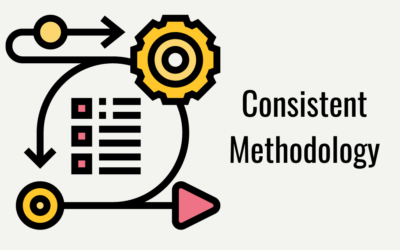Consumers are expecting companies to communicate with them in a personalized manner. To achieve this objective, businesses can spend a significant amount of resources or they can use artificial intelligence. We developed an algorithm next best offer which will allow businesses to personalize offerings to the individual consumers. The algorithm was designed to take your consumer’s sales history & events and combine it with demographic data to produce a precise forecasting model that will estimate what customers will purchase next. Our software will create an AI model from scratch using your data to guarantee precision and reflect your consumer’s behavior. On top of purchase predictions, the algorithm will estimate churn probability for each consumer individually.
Configure the algorithm based on your needs
Sales cycle and consumer churn cycle are different for each business; therefore, you are able to customize our algorithm by setting up:
- Forecasting cycle time periods: Hourly, Daily, Weekly, Monthly, Yearly
- Expected duration of a consumer’s decision period.
- Expected length of a consumer’s decision to stop using your services (churn).
iERP Studio will enable you to fine-tune multiple parameters to achieve optimal algorithm precision.
Data Sources
Our Next best offer algorithm is taking these 4 input files:
- Consumer purchase data: List of all products which consumers purchased in the past. We have support for optional fields like the size of a shopping cart, the channel through which purchase has been made, and this can be added to training to increase precision even further.
- Consumer events: List of other events attached to the consumer. For example phone calls to support center, email to sales, etc.
- Consumer demographics data: You can capture multiple demographics information for each consumer
- Product data: Information about products
Machine learning in the background
Once you import your data, the system will automatically, without your input, produce the Artificial intelligence model. The model will assemble all the information into a timeline and learn dependencies between events to produce predictions.
For you, AI enthusiasts, we are using the LSTM network for time series forecasting and our model does have multiple parallel sections.
- To extract user preferences, we are using CNN network mixed with LSTM layers
- For increased precision, we are using the bidirectional LSTM network, read more here.
Try it today
You can either request a free data audit from us or request our algorithm license here. If you have any questions, get in touch with us.



